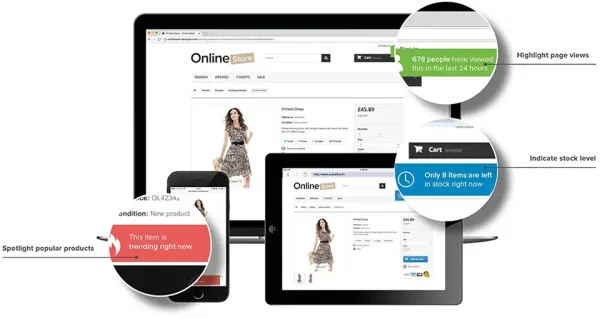Email Deliverability Best Practices Guide
Introduction
This guide provides recommendations from GoPersonal on how to prevent your emails from being marked as spam. By following these best practices, you can enhance your email deliverability and ensure your messages reach your intended recipients.
1. Email Content Best Practices
Subject Lines
- Be Clear and Concise: Craft subject lines that accurately reflect the content of your email.
- Avoid Spam Triggers: Refrain from using all caps, excessive punctuation, or spam trigger words like "Free," "Guarantee," or "Act Now."
- Personalization: Include the recipient's name or other personal details to increase engagement.
Email Body
- Valuable Content: Provide relevant and valuable information to your subscribers.
- Balanced Layout: Maintain a good balance of text and images (aim for 60% text and 40% images).
- Readable Format: Use a clear, easy-to-read font and layout.
- Plain Text Version: Include a plain text version of your email to improve accessibility and deliverability.
Links and Attachments
- Transparent URLs: Use full, transparent URLs instead of shortened links or redirects.
- Limit Links: Keep the number of links minimal to reduce the likelihood of being flagged as spam.
- Avoid Attachments: When possible, use links to hosted documents instead of attachments.
2. Technical Considerations
Authentication
- SPF (Sender Policy Framework): Implement SPF records to authorize your sending servers.
- DKIM (DomainKeys Identified Mail): Use DKIM signatures to verify your emails.
- DMARC (Domain-based Message Authentication, Reporting, and Conformance): Set up DMARC records to protect your domain from unauthorized use.
- BIMI (Brand Indicators for Message Identification): Consider implementing BIMI to display your brand logo in supported email clients.
Infrastructure
- Dedicated IP Address: Use a dedicated IP address for sending emails to build a consistent sending reputation.
- Reverse DNS Setup: Ensure your sending domain has proper reverse DNS configured.
- Secure Servers: Keep your sending infrastructure secure and up-to-date with the latest security patches.
3. List Management
Building Your List
- Double Opt-In: Use double opt-in for new subscribers to confirm their interest.
- Organic Growth: Never buy email lists or use harvested email addresses.
Maintaining Your List
- Regular Cleaning: Remove inactive subscribers regularly.
- Segmentation: Segment your list to ensure content relevance for different subscriber groups.
- Prompt Unsubscribes: Honor unsubscribe requests immediately and ensure the process is straightforward.
Engagement
- Monitor Metrics: Keep an eye on open rates, click-through rates, and bounce rates.
- Re-Engagement Campaigns: Attempt to re-engage inactive subscribers or remove them from your list if they remain unresponsive.
4. Sending Practices
Consistency
- Regular Schedule: Maintain a consistent sending schedule to meet subscriber expectations.
- Stable Volume: Keep your sending volume stable; avoid sudden spikes that could trigger spam filters.
Testing
- Spam Checks: Use spam-checking tools before sending campaigns.
- Email Previews: Send test emails to different email clients and devices to ensure proper display.
Monitoring
- Sender Reputation: Monitor your sender reputation using tools like SenderScore or Google Postmaster Tools.
- Blacklist Monitoring: Regularly check if your IP and domain are listed on any blacklists.
5. Compliance
Legal Requirements
- Contact Information: Include your physical mailing address and contact information in every email.
- Unsubscribe Option: Provide a clear and easy unsubscribe option in each email.
- Regulatory Compliance: Comply with relevant regulations (e.g., CAN-SPAM, GDPR, CASL).
Transparency
- Recognizable Sender: Use a recognizable "From" name and email address that reflects your brand.
- Clear Intent: Clearly identify the purpose of your email (transactional, marketing, etc.).
Conclusion
By following these recommendations, you can significantly reduce the likelihood of your emails being marked as spam. Building trust with your subscribers and email providers is key to successful email marketing.
For more detailed information or specific questions, please consult GoPersonal's support resources or contact our customer service team.


